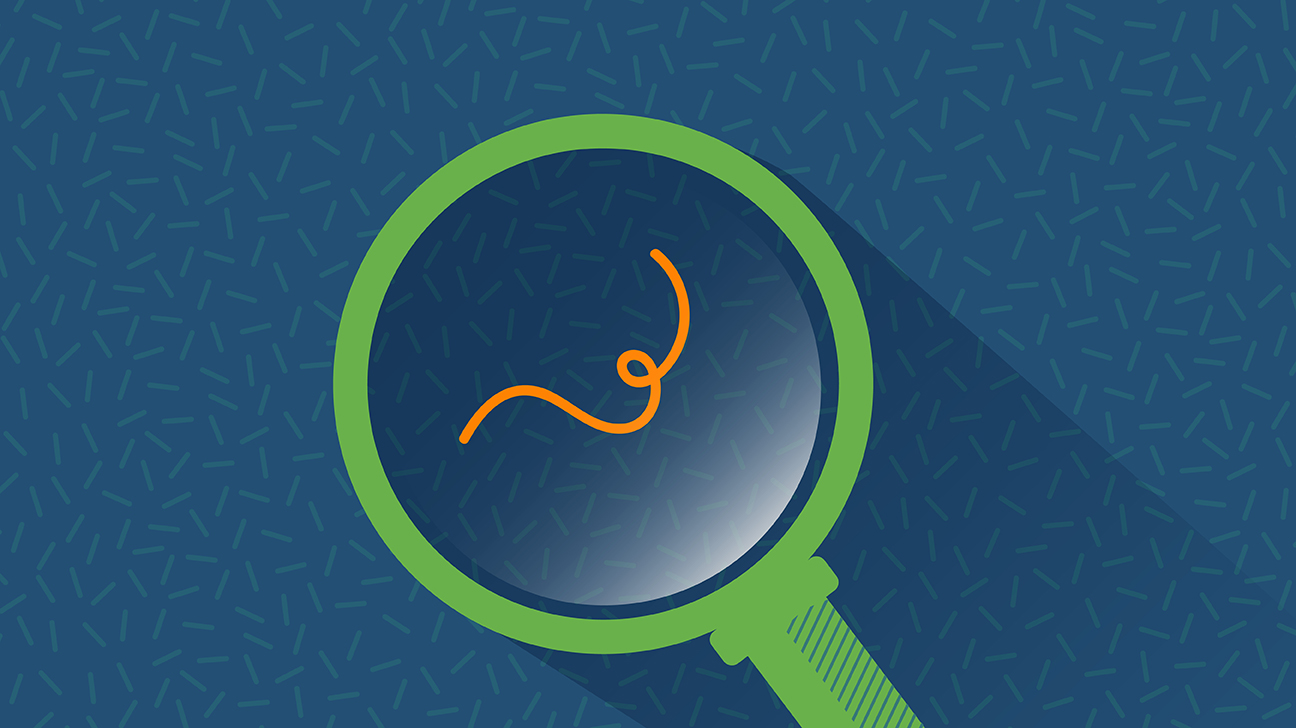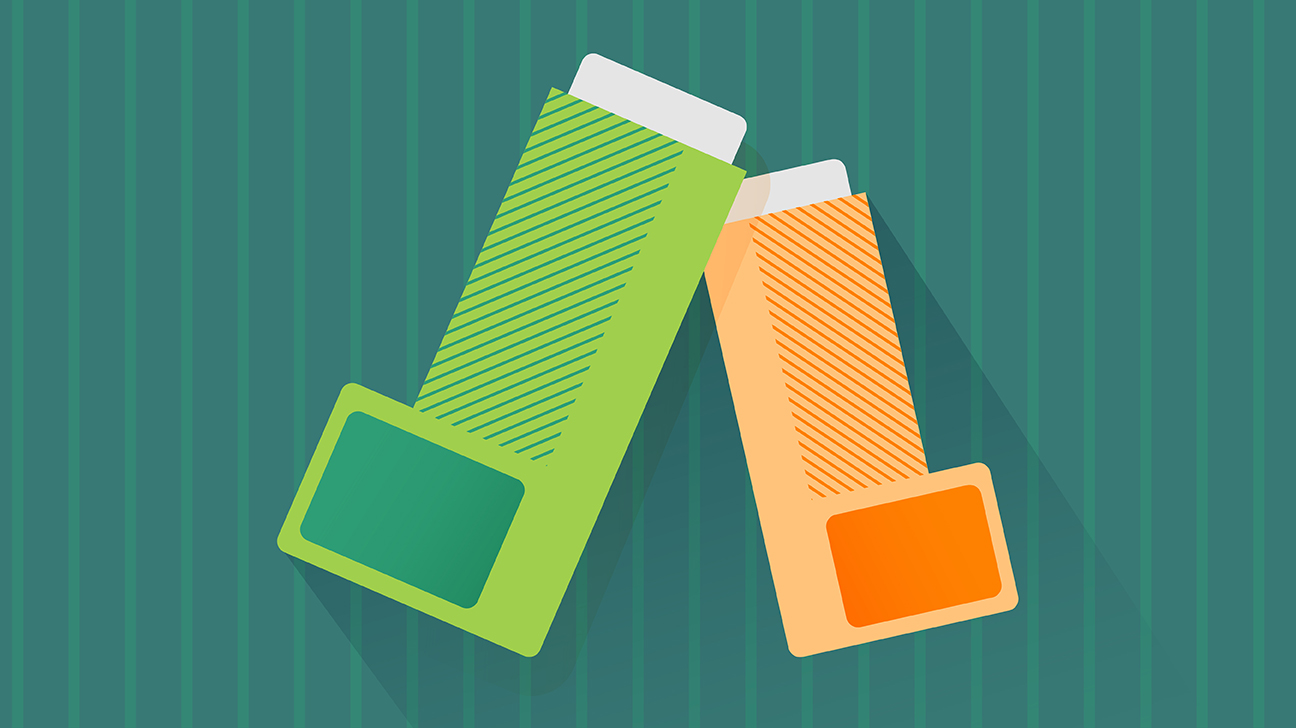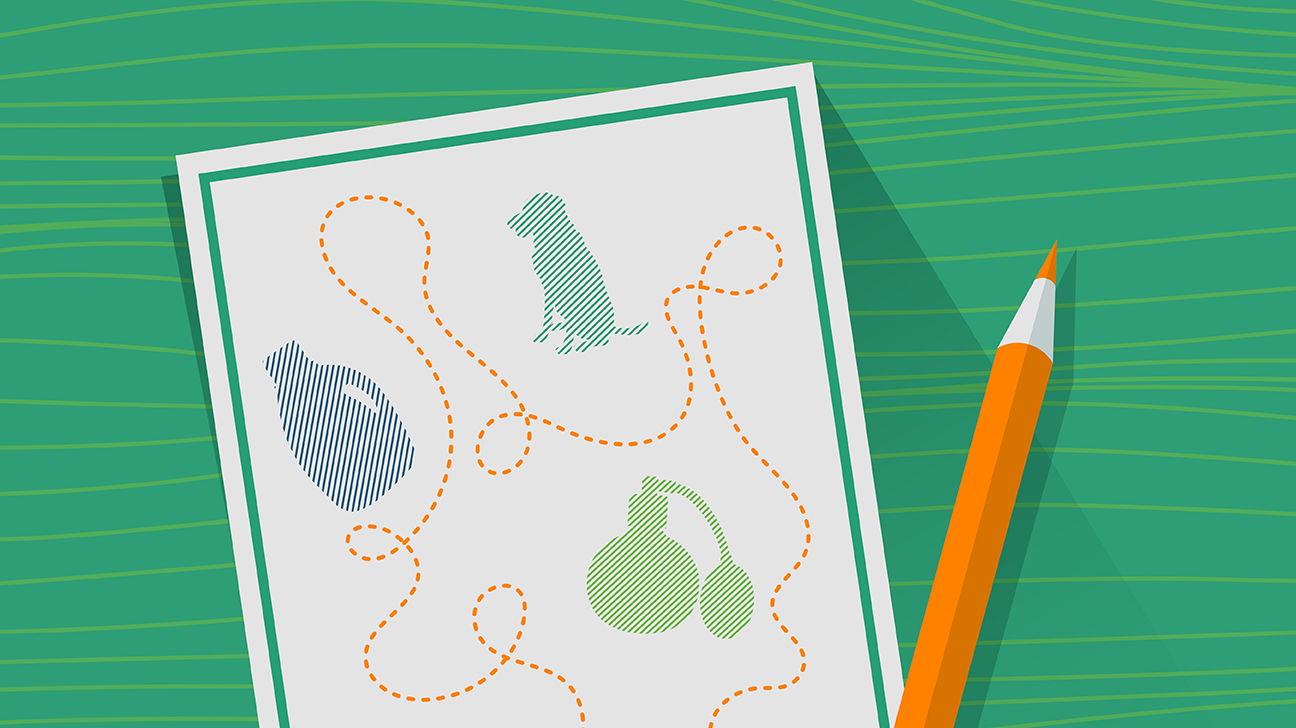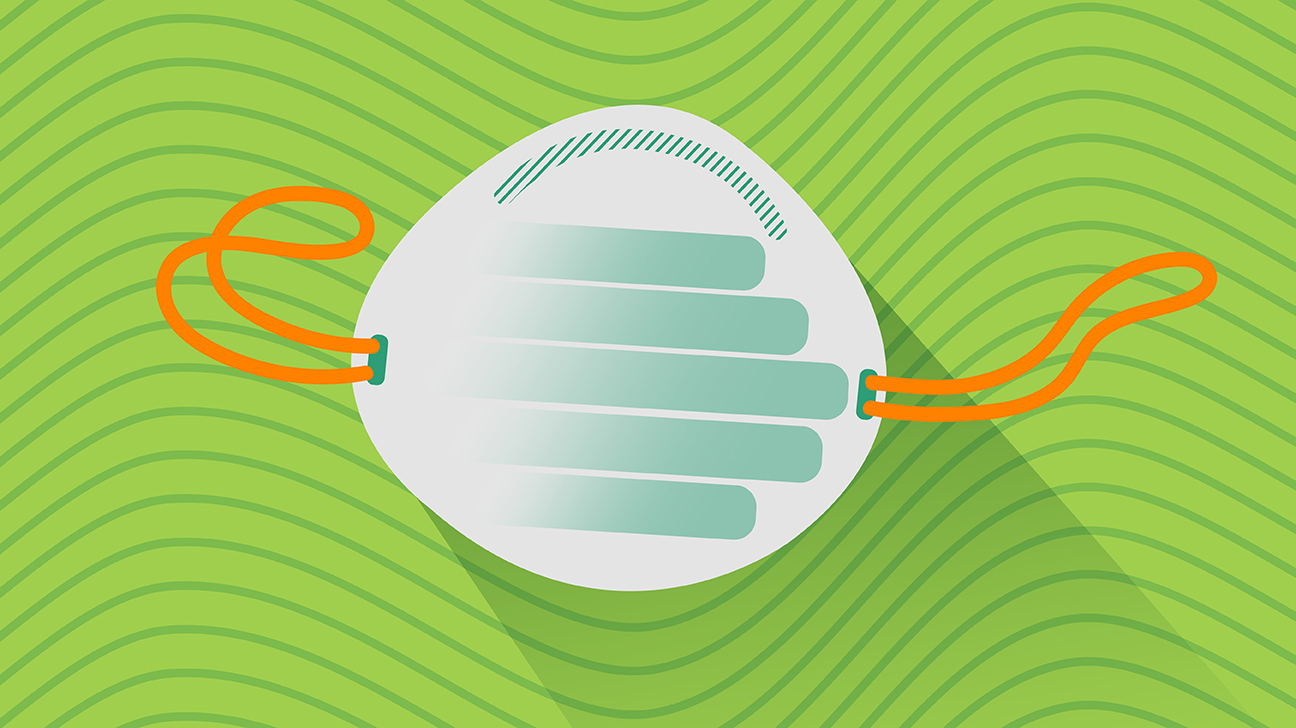The first instructions I was given about my asthma were to take my inhaler and avoid my triggers. If I followed these two rules, I was told that I’d be fine.
But from my perspective, too many doctors clearly don’t understand how difficult trigger avoidance can be. Depending on what triggers your asthma, those triggers can be lurking everywhere! Some asthma triggers don’t even lurk — they are obviously everywhere.
Avoiding your triggers can be so hard. But while creating a “trigger-free zone” might seem near impossible, there are things you can do to reduce your risk of exposure. Every step you take to avoid your triggers makes it that much easier to deal with your asthma away from home.
Assess your surroundings

You probably already do this without even thinking about it. I can pick up on smells like perfume faster than just about anybody. I’m also quick to notice drastic changes in temperature, which go hand-in-hand with a steep rise or drop in humidity.
If you’re allergic to animals, you may have a knack for spying dog or cat hair on people’s clothes, and avoiding them. Or, if you have a bee or wasp sting allergy, you’re probably hyperaware of staying very far away from trash cans in August.
Whatever your trigger is, always assess your surroundings and act on your instincts.
Be prepared

Allergies and asthma go hand in hand. Sometimes you can’t create a truly trigger-free zone — but you can prepare ahead of time in case you encounter an allergen.
Always carry your emergency medications with you. If you aren’t sure how or when to use your medications, talk to your doctor. Your healthcare provider can make sure you’re trained to put your treatment plan in action as soon as you need it.
Chart your course

If you’ve had asthma for a while, you may have developed a sixth sense for when triggers are coming your way.
For example, you might already be aware of the places you’re likely to encounter people walking their pets. You probably know where all the perfume counters in department stores are located, and how to stay as far as possible from the Bath & Body Works store in your local shopping center. Perhaps you’ve even developed the handy skill of being able to hold your breath on a moment’s notice when you hit the laundry detergent aisle.
Start putting your knowledge to work. You likely know better than anyone where you’re most likely to face a trigger in the places where you walk and shop. Chart your course in advance, so you can avoid trigger hot spots. That might mean visiting parks that don’t have a dog run, or asking someone to grab items from certain areas when you’re out shopping.
Have an escape plan

Whether you’re riding public transit, working in an office, or attending school, it’s easy to come across unexpected triggers. Always have an escape plan ready so that you can get away from a trigger as quickly as possible.
On public transit, that might mean switching seats or standing up to avoid a “Smokey the Bear” or “Perfume Factory.” At work, communicate with your boss about your asthma triggers and figure out how to cope if a co-worker isn’t creating an asthma-friendly work environment. If someone brings a plant to work, or won’t quit it with the grapefruit-scented hand lotion (is that still a thing?), make a plan to get out of the area.
When this happens at work or school, you’ll also want to plan for how you’ll make up the missed time.
A closer look at the mask debate: Should you wear one?

Some people with asthma use masks to avoid their triggers, but so far, I haven’t been one of them. Now I’m debating getting one for a long-haul flight to Switzerland. Isn’t it every asthmatic’s nightmare to be seated next to a sick person on a plane for nine hours?
Research suggests there are pros and cons to wearing a mask if you have asthma. The scientific verdict just isn’t clear cut. Although some masks help filter out allergens, the Centers for Disease Control and Prevention (CDC) notes that breathing through a mask is more difficult than breathing open air. People with asthma may actually have more trouble breathing with a mask on. If you’re thinking about wearing a mask, discuss it with your doctor first.
Another issue is that masks need to fit snuggly on your face to work correctly. Otherwise, unfiltered air can slip through the gaps. A poorly fitting mask may trap allergens in your breathing zone where you can inhale them again.
Some masks work better than others. The National Institute for Occupational Safety and Health (NIOSH) certifies masks that provide set levels of filtration. The most common is the N95 mask, which filters 95 percent of particles from the air, when fitted properly to your face. Ordinary surgical masks aren’t certified, so you can’t be sure how much protection they offer.
Here’s a closer look at different triggers and which masks may offer some protection:
Animal allergens
You need an N95 mask to protect against animal allergens, such as dander, according to a report in the Institute for Laboratory Animals Journal. Surgical masks won’t cut it, and often allow more gapping than N95 masks.
Air pollution, dust, and mold
The N95 mask is also the one to choose if you’re trying to avoid air pollution, since it can filter out particulate matter as small as 2.5 microns. That’s important, as those tiny particles can reach deep into the lungs to cause breathing problems, especially for people with asthma. N95 masks are also a good choice in environments with dust and mold. Surgical masks don’t provide much protection due to the gapping issue.
Influenza and infections
Some surgical masks help protect against the flu. In one small trial, surgical masks protected nurses from getting the flu almost as well as N95 masks. However, keep in mind that surgical masks aren’t certified by NIOSH, so it’s hard to know the quality of any given mask. In one study, the efficiency of different masks for filtering bacteria ranged from 13 to 98 percent.
Cold weather
For me, cold air is a trigger, and I wear a different sort of mask to help me breathe. I live in Winnipeg, Canada — so I deal with a lot of cold air! I have a mask designed for winter sports athletes to warm the air before I breathe it in. Though the mask looks a bit goofy, it’s more comfortable and allows me to breathe better than when a scarf is tied around my face!
The takeaway
I know that avoiding my triggers is a key part of staying healthy — but that doesn’t make it easy. Creating trigger-free zones takes time and effort. It starts with assessing your surroundings and staying prepared for possible risks. Over time, you can learn to plan your daily routine to avoid triggers as much as possible. And you always need to have an escape plan for when an unexpected trigger pops up out of nowhere. If you think a mask might help you avoid triggers, talk to your doctor first to be sure.
NPS-US-NP-00276 May 2018